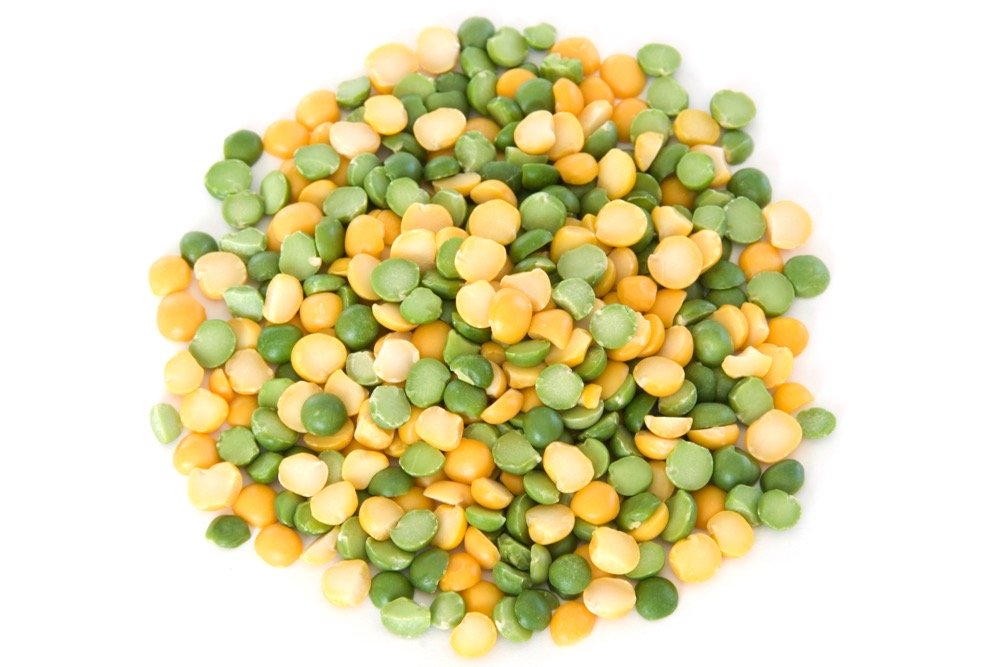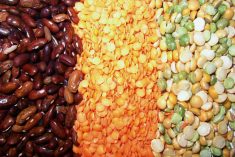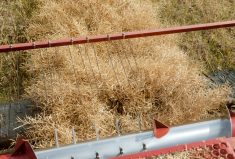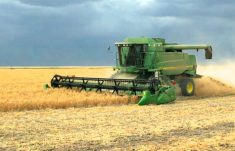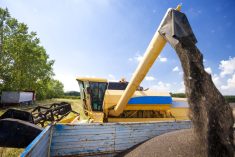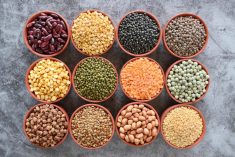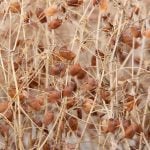MarketsFarm – Pulse crops are doing quite well in most of Alberta, according to the province’s agriculture department. However in the Peace River and northwest regions, the story has been much different.
“This year, crop conditions are better than the five-year average in both the south and central regions. In the northern region, excess moisture has resulted in another difficult year for farmers. We cannot speculate if crops will improve in the Peace River region,” commented Justin Laurence, acting press secretary to the Minister of Agriculture and Forestry.
Read Also

U.S. grains: Soybeans bounce as Chinese demand assessed, wheat drops
Chicago soybean prices firmed on Friday in a bargain-buying bounce after a sharp fall on Thursday, as traders assessed prospects for more U.S. sales to China after the trade war truce between the countries.
Dry peas rated quite well in the south and central regions at about 87 and 95 per cent good to excellent respectively, according to the most recent crop report from Alberta Ag dated, released July 17. The two regions have not been inundated with excessive rainfall such as in the Peace River and northwest regions. Dry peas were just short of 63 per cent good to excellent in Peace River, but slightly over 28 per cent in the northwest. Overall, Alberta dry peas rated 77.7 per cent good to excellent.
Along with the very wet conditions, there have extremely few sunny days this summer. The sub-soil moisture conditions in Peace River were more than 75 per cent excellent to excessive, with nearly 15 per cent excessive. The conditions in the northwest over 95 per cent excellent to excessive, with more than 64 per cent excessive.
Lentils and chickpeas in the south and central regions fared much better. Lentils were almost 91 per cent good to excellent in the south and nearly 87 per cent in the central. Chickpeas topped out at approximately 90 per cent in the south and at 85 per cent in the central.
“Lentils and chickpeas are too few in this area so we do not currently collect data,” Laurence noted.




